55+, Active Adult , Retirement Community – Which Is Right for Gen X?
Category: Active adult communities
August 24, 2023 — People in GenX might well be confused about their living options for their retirement. Should they be looking at a retirement, 55+, active adult, active resort, independent living, or assisted living community? At the stage where they are now, which type seems best for their retirement dream?
Not so long ago the choices were a lot more limited. One might stay in their own home until that was too difficult, and then move in with one of their adult children. Nursing homes took care of people who could not take care of themselves. Retirement homes (sometimes referred to as old folks homes) became more popular at some point. One could live there with other seniors and enjoy prepared meals and perhaps some chair based recreational activities.
Today things are different A few people still move in with their children as they age, but that often means living in a separate apartment, wing, or ADU on that property. A retirement home per se doesn’t seem to exist anymore. Instead there is plethora of options – on this site alone we have reviews of over 4,400 communities of all types.

Active adult communities. In Arizona in 1960 Sun City started the idea of the active adult community, and that quickly spawned many imitators. The radical idea there was the realization that people of retirement age aren’t necessarily feeling old. They might be 55+ and not be working, but they sure would like to play golf, tennis, swim at the pool, and engage in all kinds of activities. Active adult communities soon sprung up in Florida and across the country with every kind of activity to keep retirees busy from dawn to dusk. At The Villages in Central Florida for example, there are more than 50 golf courses and 230 pickleball courts – in addition to virtually every other kind of amenity imaginable. Today many communities are taking to calling themselves active resort communities, which has a less “senior” connotation to it.
A 55+ community is fairly self-explanatory. The 55+ part usually means that at least one person living in the home has to be at least 55 years of age. (There are also cases of 50+ or 62+, but they are rarer). Some active adult communities are 55+, while others are not. These 55+ developments might just have minimal amenities, perhaps a swimming pool, clubhouse, and some walking trails. Sometimes a 55+ community might be a separate neighborhood within a larger, master planned community that is open to all ages. Cresswind Georgia Twin Lakes is a good example of that.
The 55+ rules are generally spelled out in the HOA documents. In some cases the restrictions must be followed to qualify for HUD senior housing support and avoid discrimination problems. There are often rules about minimum age for the occupants of the home, which can cause problems for people who have taken in grandchildren or have other younger family members. 55+ communities can be age restricted (someone has to be 55), or age targeted (the development is trying to market to that age group but anyone can live there).
More exciting options
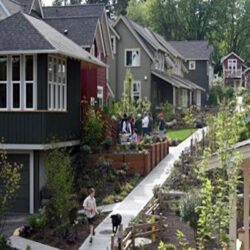
Many other living ideas that have emerged over the years as well. Some are 55+, while some have no age restrictions. In Cohousing communities one usually has their own living space, but sharing dining and recreational areas communally with co-residents. Topretirements has quite a few of these – if you type “cohousing” into our Search bar you will find many of them. Pocket neighborhoods tend to be clustered housing, often sharing gardens or other features. Conover Commons Cottages is a good example there.

New urban communities appeal to many people. These places try to replicate the feel of an old small town, where everything needed for daily life is a short walk or bike ride away. Seaside in Florida’s panhandle is a good example.
Independent living communities. These are another option. Generally these places are targeted at seniors who are able to take care of themselves to some degree, like cooking for themselves. The facilities are built with older people in mind, and are generally maintenance free. Sometimes additional help for daily living can be obtained. These are less expensive than assisted living or nursing homes because care is not provided.
Assisted living. When the time comes that a person cannot live by themselves, an assisted living facility is often the right choice. At these places just about everything is taken care of – meals, dressing, transportation, recreation. They tend to be expensive, running from $1,000 – $5,000 month, depending on where you live and the facility you choose.
Nursing homes. When a person is bedridden or otherwise not able to take care of themselves, nursing homes are the last stop. People who qualify for Medicaid because of their income and assets often end up in one of these.
CCRCs, or Continuing Care Retirement Communities are another option. In some ways these places are an ideal retirement solution, although not usually for people just starting retirement. Here one can purchase or rent a home or apartment and eat one or two meals in the upscale dining rooms. If the person gets sick or needs more care, they can move to another level of care, going back when better. At the end of life or when more serious care is called for, they can move to a nursing or memory unit within the community. CCRCs are expensive, usually costing more than $300,000 to enter and over $3,000 per month. But for that they remove the anxiety of having to move as life changes.
Bottom line
Retirees have many choices for where they might live. Other than staying in their existing home, they can choose an active adult community where the fun never stops, or just a 55+ community with fewer amenities. As they age there are other options as well.
Comments? What type of community do you live in, or are you considering. Please share your thought process in the Comments section below.

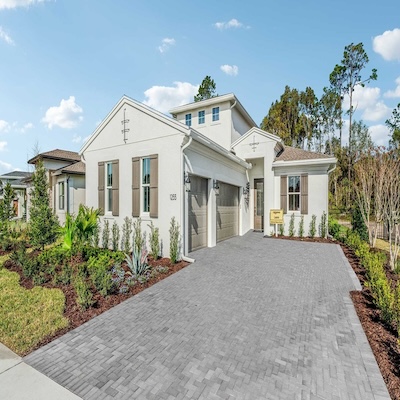
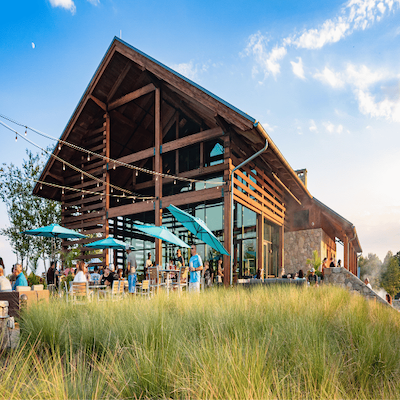
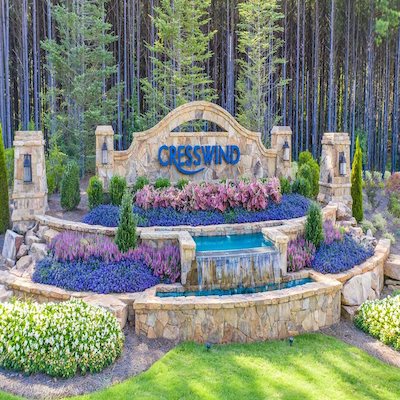

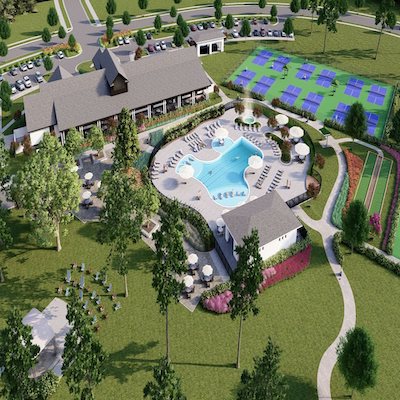
Comments on "55+, Active Adult , Retirement Community – Which Is Right for Gen X?"